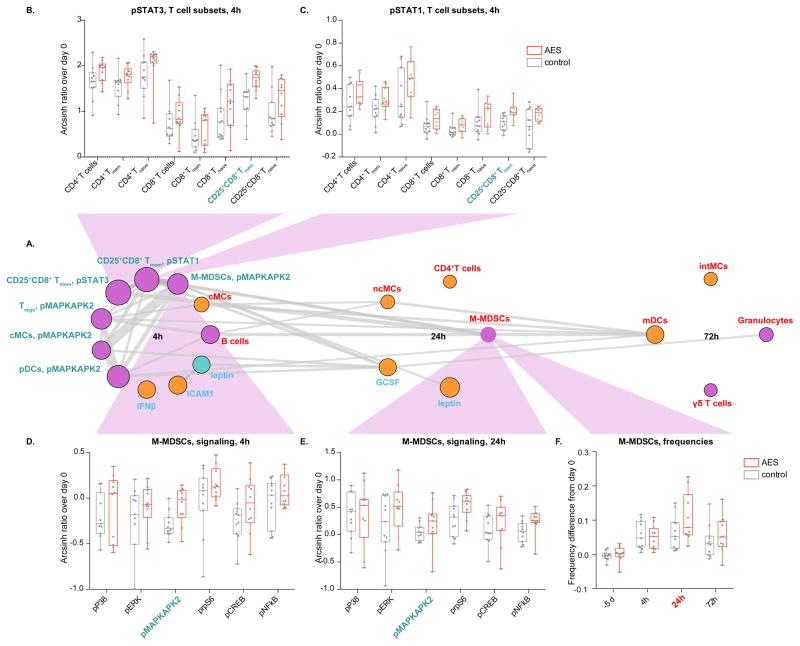FIGURE 4. Elastic net features are proxies that reveal broader immunological effects of arginine-enriched supplements (AES).
(A) EN features are grouped chronologically (color-coded according to correlation network). Size of circle indicates relative statistical strength. Thickness of grey lines indicates correlation strength between features (Spearman’s coefficient). Signaling changes occurred 4h after surgery and were prominent for pSTAT1/3 in CD25+CD8+ T memory cells (Tmem cells), and pMAPKAPK2 in monocytic myeloid-derived suppressor cells (M-MDSCs), classical monocytes (cMCs), plasmacytoid dendritic cells (pDCs), and regulatory T cells (Tregs). (B) Increased STAT3 signaling in CD25+CD8+ Tmem cells (AES group) was reflected in several CD4+ and CD8+ T-cell subsets indicating that the EN parameter “STAT3 signaling in CD25+CD8+ Tmem cells” acted as a proxy revealing broad effects of AES on STAT3 signaling in T cells. (C) The same findings applied to STAT1. (D) Increased MAPKAPK2 signaling in M-MDSCs 4h after surgery (AES group) was reflected along the P38 and ERK1/2 MAPK signaling pathways (pP38, pERK, pS6, pCREB, and NF-kB) indicating that the net parameter “MAPKAPK2 signaling in M-MDSCs” acted as a proxy revealing consistent changes along this pathway. (E) Increased signaling in M-MDSCs along the MAPK pathway was also present at 24h. (F) Accentuated expansion of M-MDSCs (AES group) 24h after surgery was echoed at 72h.

